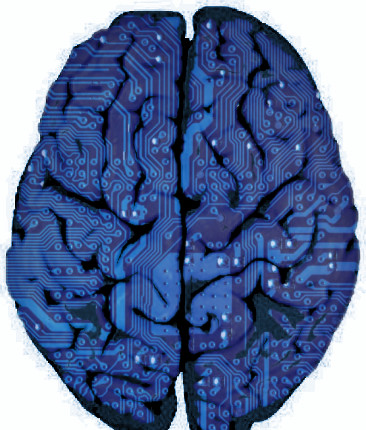Song pulled from brain scans
 Scientists have recreated a Pink Floyd song from brain recordings of a person listening to it.
Scientists have recreated a Pink Floyd song from brain recordings of a person listening to it.
Pioneering research at the University of California, Berkeley, took recordings from electrodes surgically implanted onto the surface of 29 people’s brains to treat epilepsy.
Patients were played the iconic track ‘Another Brick in the Wall, Part 1’ by Pink Floyd while their brain activity was recorded, before computer modelling was used to decode the neural responses and reconstruct the song.
Brain activity from 347 electrodes exhibited specific reactions to the music, primarily located in three brain regions: the Superior Temporal Gyrus (STG), the Sensory-Motor Cortex (SMC), and the Inferior Frontal Gyrus (IFG).
The system was able to decode and reproduce not just speech but intricate musical elements, such as melody, harmony, rhythm, and pitch.
The reconstruction of the Pink Floyd song unveiled an uncharted subregion within the temporal lobe that appears to be used in rhythm perception. This particular region was found to encapsulate the guitar rhythm in the song.
The study included a removal analysis to pinpoint key song elements and regions. Electrodes associated with sound onset and rhythm within the right STG helped achieve accurate reconstructions. This underlines the significance of these elements in music perception.
The implications of the study are far-reaching.
Brain-machine interfaces, including prosthetics designed to enhance the perception of prosody - the rhythmic and melodic aspects of speech - are expected to benefit, and it signifies a major step forward in understanding the neurological foundations of music perception.
A comparison of the original track and the recreated sounds are accessible here.








 Print
Print